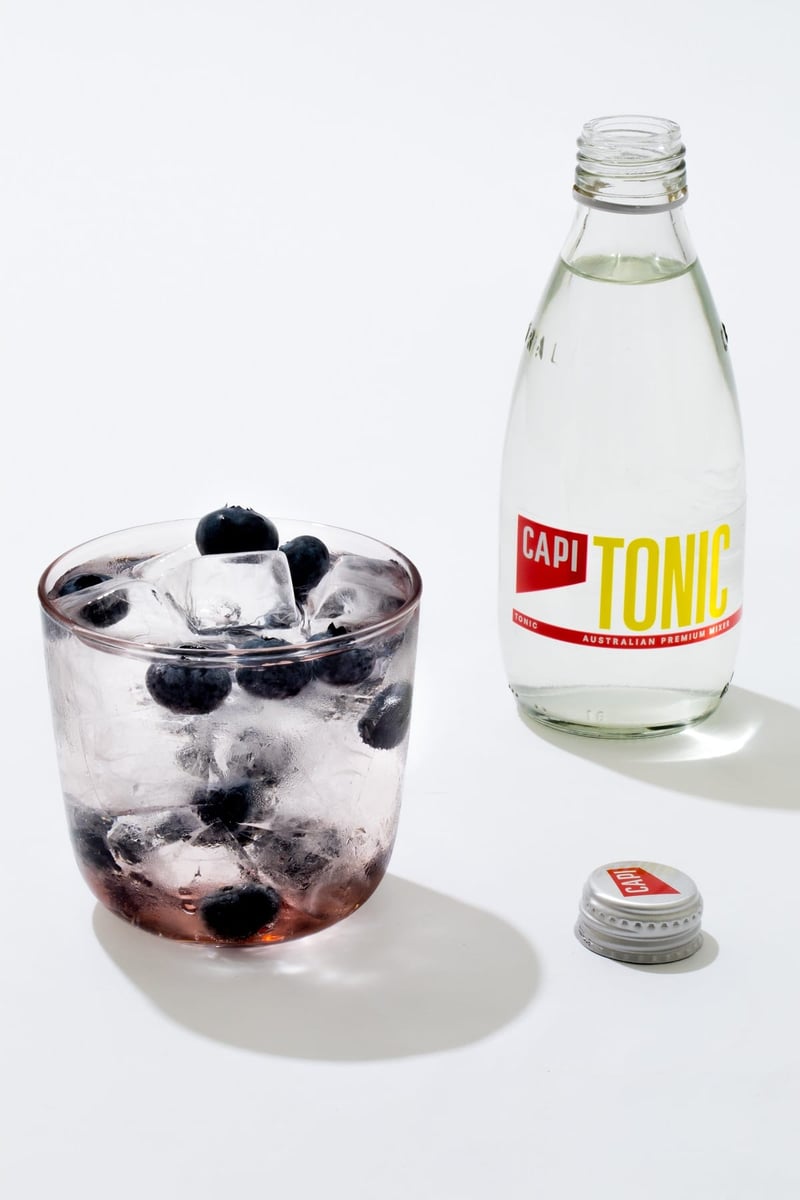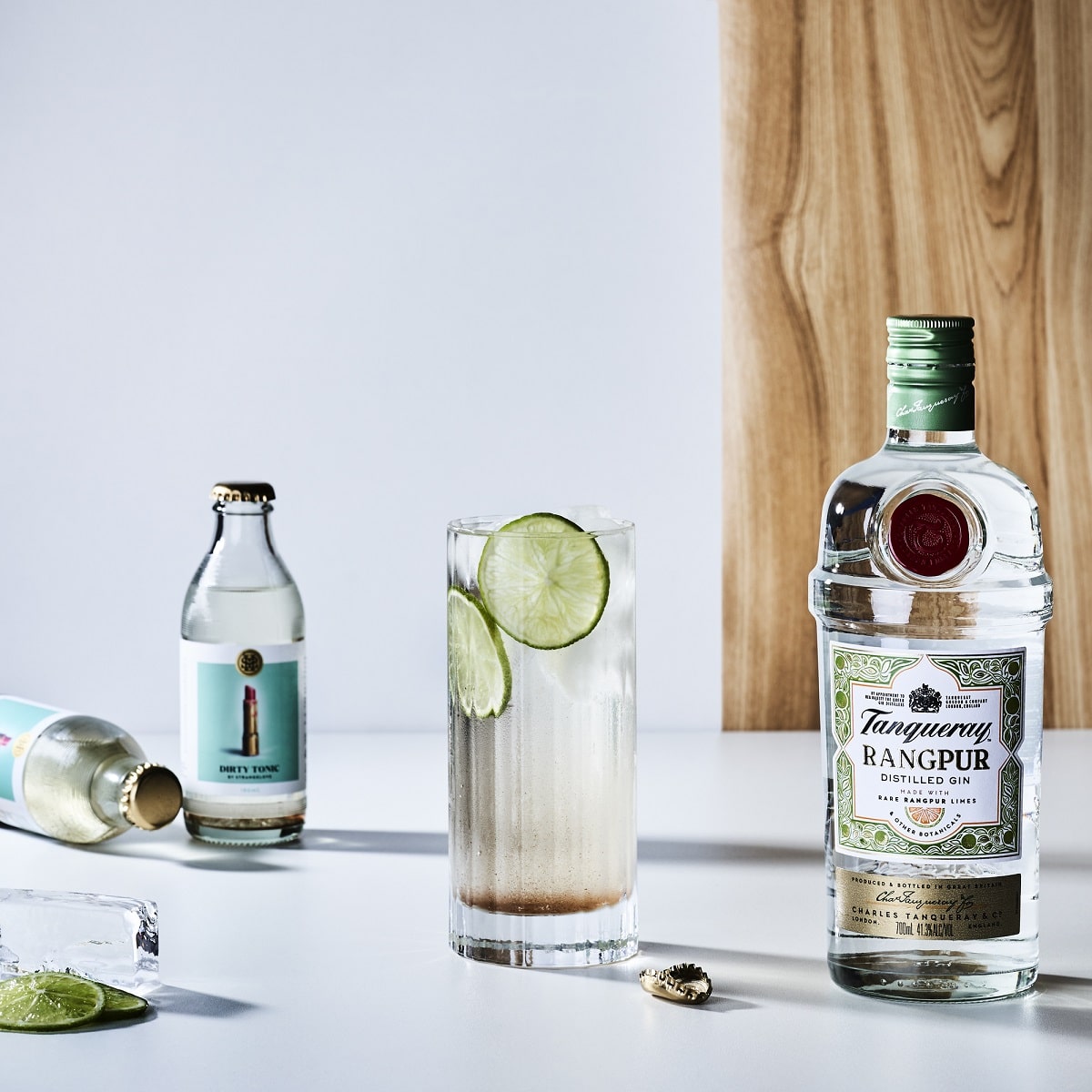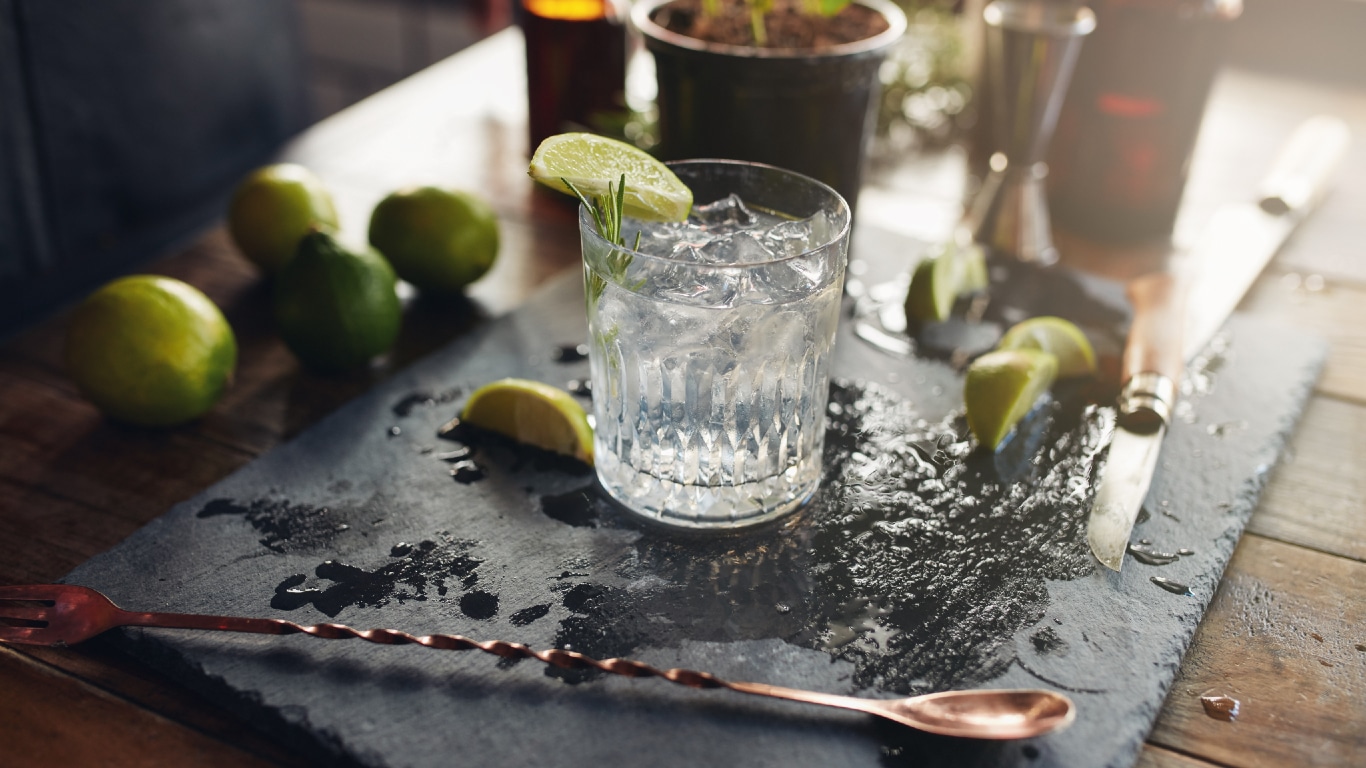Australia’s gin revolution isn’t slowing down. Fruity, spicy, earthy, delicious, – the diversity of flavour profiles now available from local distillers is something to be proud of. So why are many of us still using the same old tonic water when we’re mixing up a classic Gin & Tonic?
Not all tonics are created equal, and the one you use can have a huge influence on the taste of your G&T.
When Gin Met Tonic

To fully appreciate the need to lift your mixer game, it’s important to look where the humble G&T began, and how our modern gin revival is blazing a more nuanced path.
It all started in India in the 1880s. British officers stationed there found that by mixing their daily Old Tom-style gin rations from the Queen with tonic water, a vital anti-malaria treatment of the time thanks to its high levels of quinine, they could make both a little more palatable.
We’ve more or less been sticking to this classic tonic style ever since.
However, quinine is renowned for having a particularly bitter taste. It’s a bit like coriander, people either love it or they don’t. That’s also why a lot of people think they don’t like gin. But it’s actually the tonic water they can’t handle, and it doesn’t have to be that way.
The Best Tonic Waters For Your G&T
It’s almost limitless what distillers can include when making gin, so long as juniper is the dominant flavour. Strawberry gum and bush apple in 78 Degrees Sunset Gin from Adelaide Hills Distillery, finger lime and macadamia in Brookie’s Dry Gin from Cape Byron Distillery.
There’s so much diversity in modern gins, and the flavours can be quite delicate.
In response to this explosion of new boutique gins – the spicy, citrusy, fruity, floral gins we love – there’s a new breed of premium tonics such as locally brewed CAPI and Strangelove, and the British Fever-Tree, which has an extensive range to suit almost any gin.
Award-winning bartender and Fever-Tree ambassador Trish Brew – who discovered a love of gin while working at the Gin Palace in Melbourne – says the time has come for us to treat boutique gins with the respect they deserve. And doing that with tonic is a no-brainer.

“Why purchase a premium spirit if you’re going to dilute it with an average mixer?” she says. “It’s ridiculous! But I love that people are starting to get a real grasp of that.”
Brew admits she wasn’t the biggest fan of gin when she started working at the Gin Palace around nine year ago, having only been exposed to a quite limited number of gins and the basic supermarket mixers. She swiftly changed her mind after discovering Fever-Tree.
“It was a Mediterranean tonic, and it was delicious. It wasn’t bitter. That really sent me down this rabbit hole of experimentation. Comparing and contrasting the different gins with different tonics to see what worked. It helped that I had about 30 gins to play with!”
For many gin fans, choosing the right tonic is now as important as the gin itself. Rather than masking delicate flavours like traditional tonics often do, newer varieties enhance them. Brookie’s Dry Gin, for example, is incredible when mixed with the citrusy CAPI tonic. The essential oils of orange, lemon and lime really bring out the botanicals. Strangelove Tonic No 8 also fits it a glove with bitter orange, lemon peel and a dash of juniper. Floral gins like 78 Degrees can be harder to match, but Fever-Tree has a tonic for them too: ‘Aromatic’.

“Distillers put so much into their craft that you want to do justice to what they’ve created. What I would recommend is to learn a little about the gin you’re buying. Find a couple of key botanicals in there that really drive its flavour profile and then pick a mixer to suit.”
Fever-Tree has created a handy pairing wheel to help you find the right mixer. Just enter your preferred tastes and they can send you a wheel that matches the flavours perfectly.
If you can’t be bothered with that, a sneaky hack is to go with the colour of the label. Brew says that 9 times out of 10, you can just pick up a bottle of Fever-Tree that has a similar coloured label to your favourite gin, put them together and they’re going to be delicious.
Got an idea of what tonic water to get? No check out the 13 best Australian gins for your liquor cabinet.















